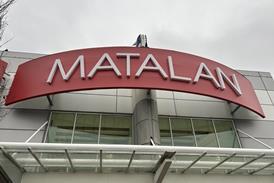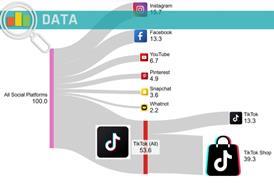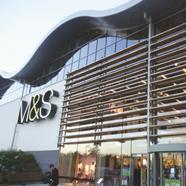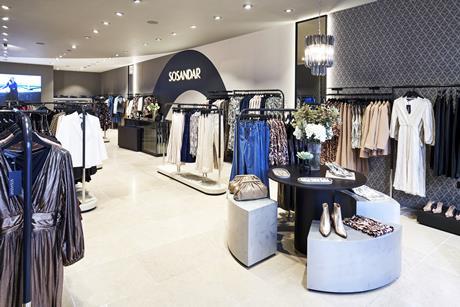More on Marks & Spencer
Future Leaders 2025 - Who will be the CEOs of the future?
Meet 20 of UK retail’s most promising leaders-in-waiting. Every individual on our list has the talent, drive and passion to make it to the top, and they’re going to need it if they want to succeed in an industry dominated by crushing government regulation, devastating cyberattacks, harrowing tales of abuse from the shop floor and more. Here are British retail’s future chief executives, but who would want to be one?
Sosandar reports return to growth despite M&S cyber disruption
Sosandar has posted a return to revenue growth despite five months of ‘no material revenue’ from M&S.

























